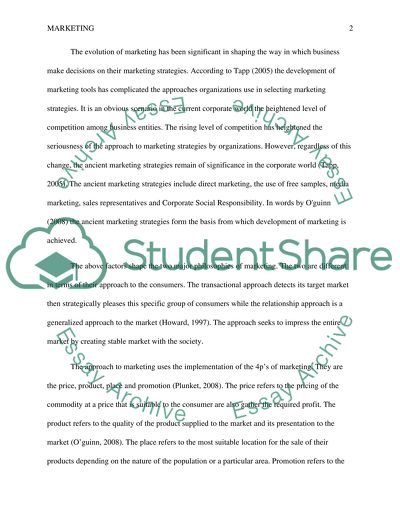Cite this document
(“Modern marketing now juggles two competing philosophies. The first is Essay”, n.d.)
Modern marketing now juggles two competing philosophies. The first is Essay. Retrieved from https://studentshare.org/marketing/1475876-modern-marketing-now-juggles-two-competing
Modern marketing now juggles two competing philosophies. The first is Essay. Retrieved from https://studentshare.org/marketing/1475876-modern-marketing-now-juggles-two-competing
(Modern Marketing Now Juggles Two Competing Philosophies. The First Is Essay)
Modern Marketing Now Juggles Two Competing Philosophies. The First Is Essay. https://studentshare.org/marketing/1475876-modern-marketing-now-juggles-two-competing.
Modern Marketing Now Juggles Two Competing Philosophies. The First Is Essay. https://studentshare.org/marketing/1475876-modern-marketing-now-juggles-two-competing.
“Modern Marketing Now Juggles Two Competing Philosophies. The First Is Essay”, n.d. https://studentshare.org/marketing/1475876-modern-marketing-now-juggles-two-competing.


